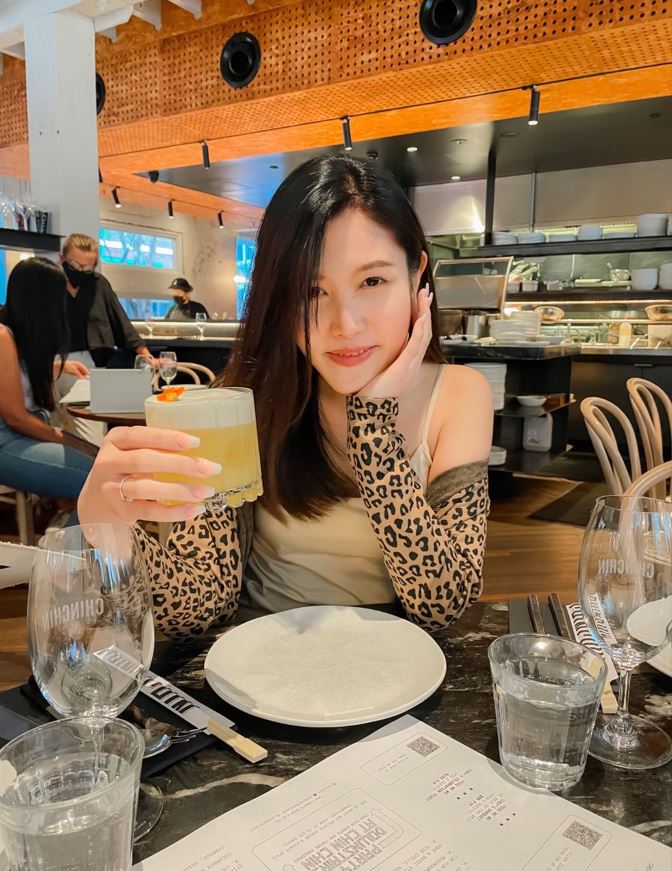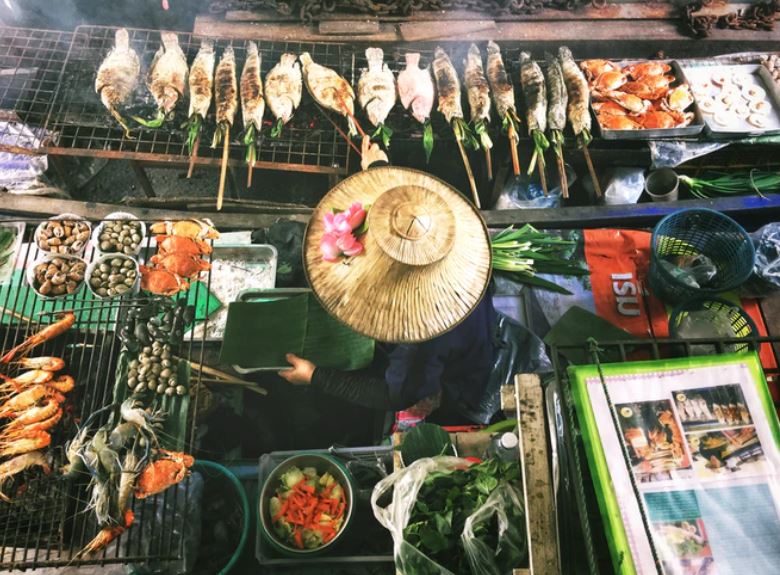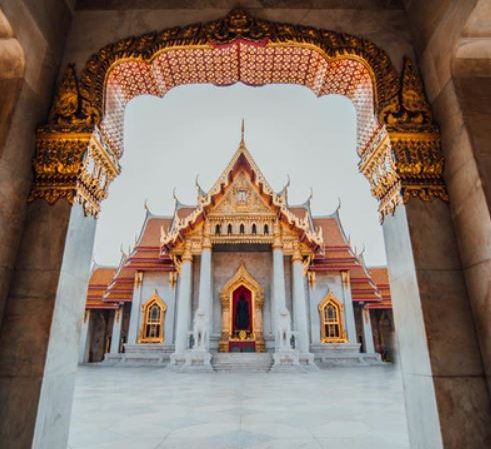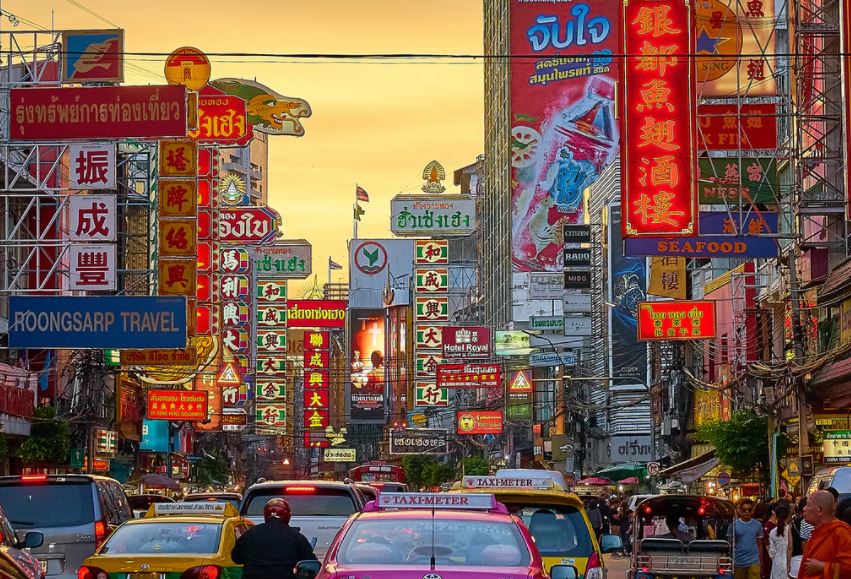5 Facts about Life in Thailand
Gale Khemjira is a strong believer in personal development, as shown by her achievements working in Brazil, as well as her English education. She has also worked in the National Legislative Assembly of Thailand, and studied in Sydney, Australia.
Joining us for Atlas Talk 10, we were lucky to have Gale share about life in her home country, Thailand.
Thailand is in the centre of South East Asia

Postcard pictures will commonly show Thailand as a tropical destination with beaches and clear blue seas. Located 15 degrees above the equator, the country experiences a pleasantly warm climate all year round.
Several countries share their border with Thailand. Myanmar in the North, Laos in the North East, and Cambodia in the East. The interior of Thailand is popularly known as the “rice bowl of Asia”, due to its fertile areas for growing fruit and rice. In fact, the country is the world’s biggest exporter of rice.
You say "hello" differently depending on the person

Throughout Thailand, you will notice the performance of a wai. In greetings, goodbyes, moments of gratitude and communications of respect, you will see the signature gesture: two hands placed together in front of the chest, with fingers pointing upward and head slightly bowed. The wai symbolises the peaceful tranquility with which Thai people treat each other.
Another way in which Thai people show politeness is their way of how to say hello. Women will finish their greeting with an extended “Kha”, sounding more like “Khaaaaah”. Men finish theirs with “Khrap”.
Songkran is Thailand's most famous festival
Usually celebrated in the middle of April, Songkran is also known as the traditional Thai New Year. Literally meaning to pass into, Songkran Festival welcomes in the New Year, bringing fortune and prosperity. Similar to Chinese New Year, this occasion is the country’s most important event. Family and friends will gather to visit temples as well as pay gratitude to elders.
A unique practice is the pouring of water. During Songkran (which can last up to 10 days), water is mixed with fragrance and poured onto senior Buddhist monks. The water is not only for the monks, it will also be poured on images of Buddha. This custom is believed to bring good luck.
Thai people lead a spiritual life
From the over 40,000 temples throughout Thailand, you can deduce that its citizens lead a spiritual life. This spirituality is led by the national religion, Theravada Buddhism. Approximately 95% of people follow it. In addition, there are Muslim, Christian, Hindu, Sikh and Jewish followers. Buddhist practices are performed in everyday life, and is an important part of Thai culture. People will give offerings to spirit houses (shrines) and monks on the streets.
Spicy food is popular
You might have heard this from your local food guide, or you might have understood it from accidentally forgetting to mention “mild” to the waiter at the Thai restaurant.
Spiciness is a prominent feature of Thai food. Chilli, and ginger, is used to create the signature tangy and zingy flavours you might remember from your last Pad See Ew. Moreover, spice can help food stay fresh for a longer time. In the tropics, where food can turn bad faster due to higher humidity and heat, the preservation ability of spices is particularly important.



